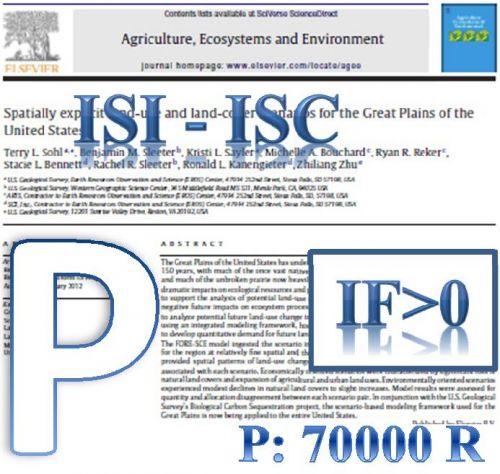If appropriate amounts of fertilizers are not applied during production, physiological symptoms of deficiency can occur in garlic (Allium sativum L.). Most producers use synthetic fertilizers because they are easy to transport, quickly available to plants, and produce high yields. However, nitrate levels in the soil should be kept to a level where leaching is not a problem. Split nitrogen (N) fertilizer applications can play a role in a nutrient management strategy that is productive, profitable, and environmentally responsible. This project was undertaken to determine effects of amount of, and split application of, nitrogen on growth and yield of garlic. Levels of urea (CO (NH4)3) and KNO3 (100, 150, or 200 Mt·ha−1) fertilizers were applied at planting or as a split application at planting time and cormformation. There were no differences due to treatment. It is likely that the lowest amount of fertilizer can be used for garlic production.
کلید واژگان :Allium sativum, Environmentally responsible, Iran, KNO3, Leaching, Urea.
ارزش ریالی : 1200000 ریال
با پرداخت الکترونیک
